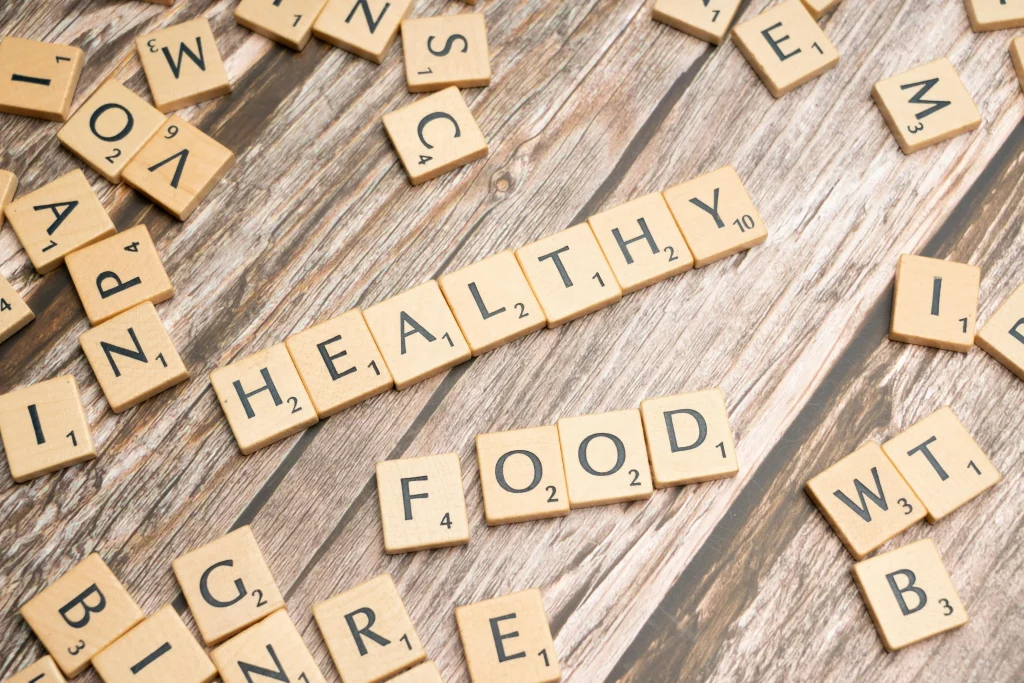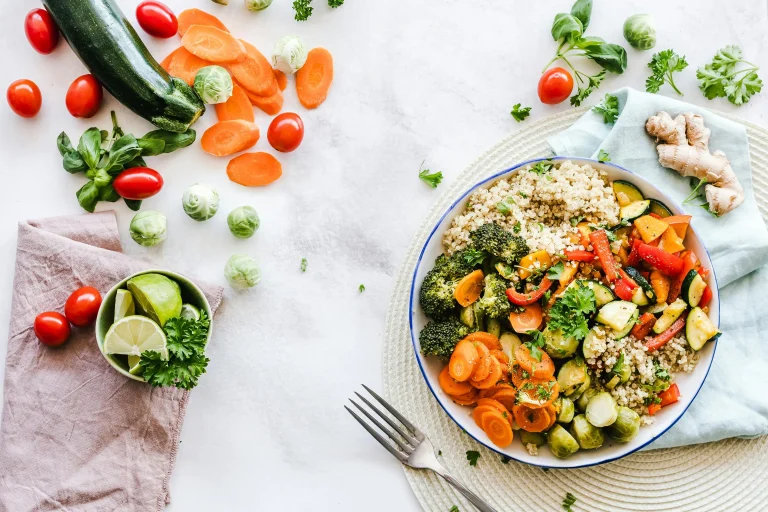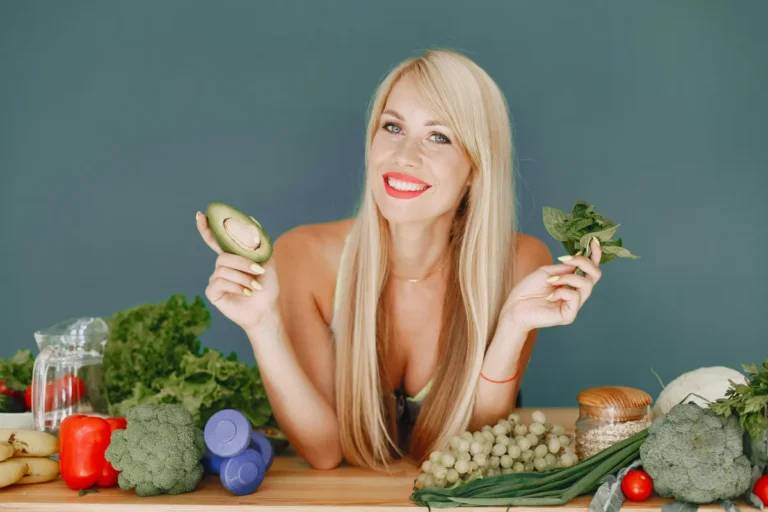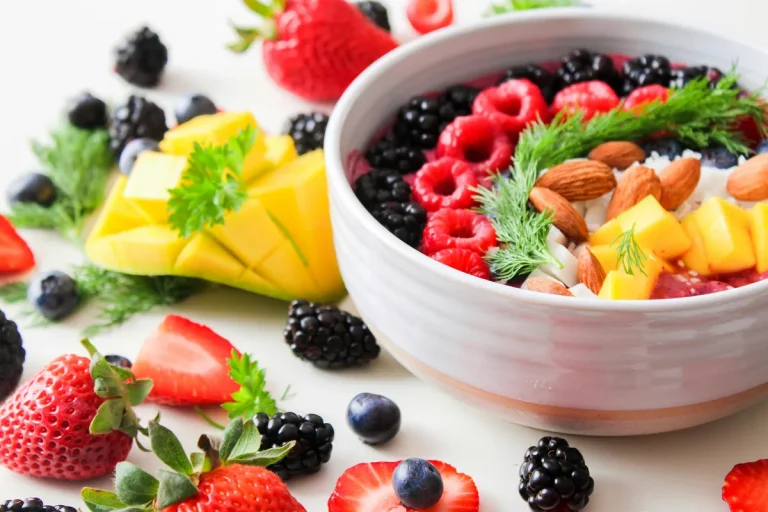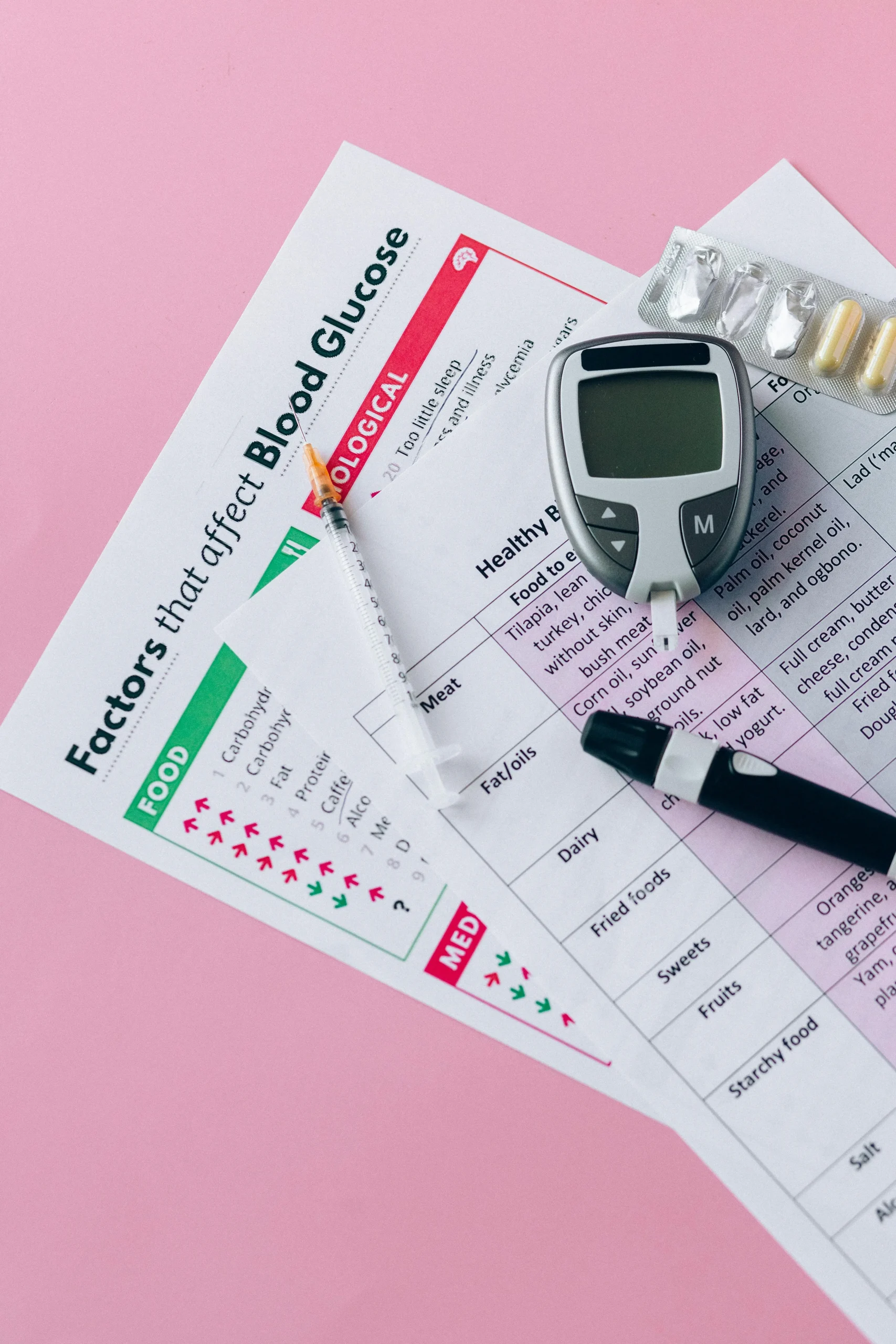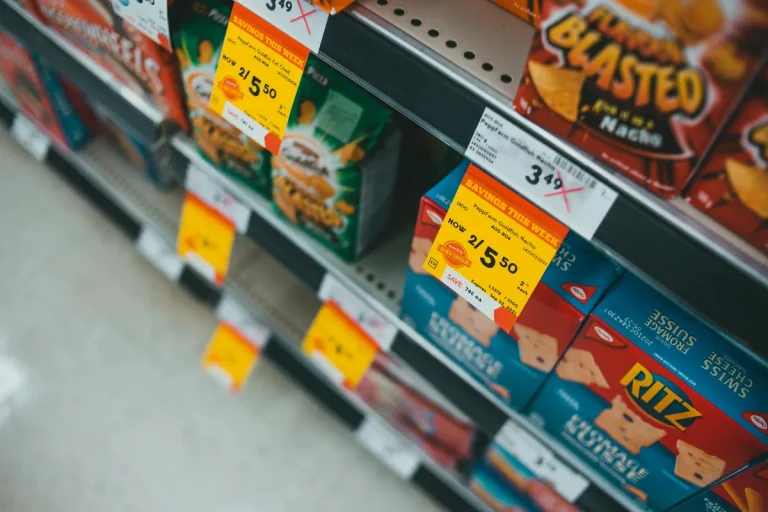Ever feel like grocery shopping has turned into a mind game? You walk into the store wanting to buy something healthy, but suddenly you’re surrounded by packages shouting “all-natural!”, “low-fat!”, or “made with whole grains!” It’s confusing, right? The truth is, a lot of these labels are more about marketing than nutrition.
If you’ve ever tossed a “healthy” snack into your cart only to later realize it wasn’t so great after all—you’re not alone. Let’s take a closer look at five of the most misleading labels at the supermarket and how you can shop smarter without feeling tricked.
“All-Natural”
This one feels comforting—like the food came straight from the farm. But here’s the catch: in the U.S., the FDA hasn’t really nailed down what “natural” means. As long as a product doesn’t have artificial colors or synthetic substances, it can carry the label.
That means your “all-natural” granola bar might still be loaded with sugar, syrups, and oils. Spoiler: it’s basically a candy bar in disguise.
Better move: Flip the package over and check the ingredients. If you see a short list of things you’d actually cook with at home—like oats, nuts, or fruit—you’re good. If it looks like a science experiment, maybe put it back.Your Weekly Wellness Boost
“Low-Fat” or “Fat-Free”
For years, fat was painted as the villain of healthy eating. Brands ran wild, slapping low-fat on everything from yogurt to cookies. But here’s what usually happens: when fat comes out, sugar and salt go in to make up for the lost flavor.
That “low-fat” muffin? It might actually have more sugar than the regular one. And the kicker? We now know fat isn’t the enemy—it helps us feel full, keeps our hormones balanced, and even supports brain health.
Better move: Don’t fear fat. Look at the sugar content instead. If sugar shows up in the top three ingredients, chances are it’s not really the healthier choice.
“Made with Whole Grains”
We all know whole grains are good for us—they keep our digestion on track and help manage blood sugar. But when a box says made with whole grains, it doesn’t mean the product is mostly whole grain. Sometimes it’s just a sprinkle of whole wheat mixed with mostly refined flour.
That’s why a lot of “whole grain” cereals marketed to kids are basically sugar bombs with a dusting of whole wheat flour.
Better move: Check the ingredient list. If the first ingredient is “whole wheat flour” (not enriched flour), that’s a good sign. Or look for the Whole Grain Stamp—it’s a legit way to know you’re getting the real deal.
“No Added Sugar”
This one sounds like a slam dunk, but it’s sneakier than it looks. A food with “no added sugar” can still be packed with natural sugars—or sugar substitutes that act pretty much the same in your body.
Think about fruit juice. A bottle labeled no added sugar might still have as much sugar as soda, just from natural fruit sugars. And those “no added sugar” protein bars? They often use dates or fruit concentrates, which can spike blood sugar almost as much as regular sugar.
Better move: Focus on the nutrition panel. Look at the total sugar, not just added sugar. Your body doesn’t really care whether it’s cane sugar or apple juice concentrate—it processes it the same way.
“Gluten-Free”
If you have celiac disease or gluten sensitivity, “gluten-free” is essential. But for everyone else, it doesn’t necessarily mean healthy. A lot of gluten-free products are made with refined starches like rice flour or potato starch, which can spike your blood sugar and don’t offer much nutrition.
Case in point: a gluten-free cookie is still…a cookie. Sometimes it’s even higher in sugar and fat than the regular version.
Better move: Instead of relying on packaged gluten-free snacks, try naturally gluten-free whole foods—like quinoa, oats, brown rice, or sweet potatoes. They’re way more nourishing and don’t need a fancy label to prove it.
Wrapping It Up
Food labels are designed to grab your attention—not necessarily to guide you toward better health. Once you know how to look past the front-of-package claims and focus on the ingredient list and nutrition panel, shopping gets way less stressful.
Think of it as building a new ritual: pause, flip, and scan. With practice, you’ll feel more confident in your choices, and the flashy labels won’t fool you as easily.
Eating well isn’t about being perfect—it’s about being aware. And once you start seeing through the marketing buzzwords, you’ll realize you have way more control over what’s fueling your body than the supermarket wants you to think.
